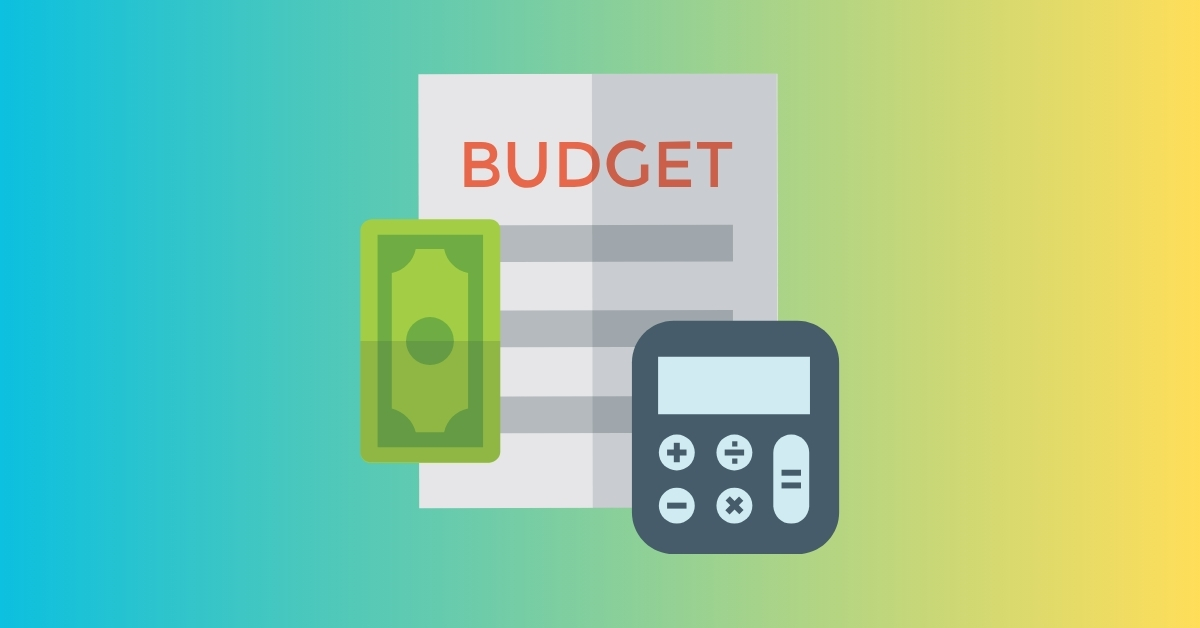Introduction
Accurate revenue forecasting is essential for any business aiming to maintain financial health, plan for growth, and make informed decisions. A reliable forecast helps companies to anticipate future cash flow, allocate resources efficiently, and identify potential challenges before they arise. However, forecasting can be tricky, especially with changing market conditions or unpredictable sales cycles. Here’s how you can forecast your business revenue more effectively to set your company up for long-term success.
1. Analyze Historical Data
The best place to start when forecasting future revenue is by reviewing your business’s historical data. Past performance offers valuable insights into trends, seasonality, and customer behavior. Analyze your sales figures from the last few years to understand patterns such as peak seasons, low periods, and growth rates. Look for recurring cycles in revenue, like holidays or events that may impact demand. By understanding these historical trends, you can predict future sales with greater accuracy.
2. Segment Your Revenue Streams
If your business generates revenue from multiple sources (e.g., products, services, subscriptions), it’s essential to segment these streams for more precise forecasting. For example, forecast revenue from product sales separately from service contracts, as these may have different buying cycles and customer behaviors. By breaking down revenue streams, you can spot which areas are likely to drive more growth or need improvement, allowing for a more targeted approach.
3. Use Data-Driven Forecasting Tools
Manual revenue forecasting can be prone to errors, especially when you’re dealing with large amounts of data. To improve accuracy, leverage forecasting software or tools that provide data-driven insights. These tools often incorporate AI and machine learning to analyze historical data, market conditions, and industry trends, offering more accurate projections. Tools like QuickBooks, Excel, or specialized forecasting software can help automate the process, saving you time and improving your forecasts.
4. Factor in Market Conditions and External Factors
Revenue forecasting isn’t just about historical data—it’s also important to consider current market conditions and external factors. Changes in the economy, consumer trends, or industry disruptions can impact your business’s sales. Stay updated on market news, your competitors’ performance, and any changes in regulations or customer preferences. Adjust your forecasts to account for these factors, ensuring they reflect the most current and relevant information.
5. Collaborate with Your Team
Revenue forecasting should not be done in isolation. Involve your sales, marketing, and finance teams in the forecasting process. Your sales team can provide insights on upcoming deals, potential leads, and client sentiment, while your marketing team can help forecast the effectiveness of campaigns. Collaboration leads to a more comprehensive and accurate forecast.
Conclusion
Effective revenue forecasting is a powerful tool for managing your business’s financial health. By analyzing historical data, segmenting revenue streams, using forecasting tools, considering market conditions, and collaborating with your team, you can create more accurate predictions and make better-informed decisions. Consistently refining your forecasting methods will help your business stay adaptable, proactive, and poised for growth.
#RevenueForecasting #BusinessPlanning #FinancialStrategy #SmallBusiness #ForecastingTools #CashFlowManagement #BusinessGrowth #DataDrivenDecisions #BusinessFinance


